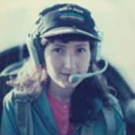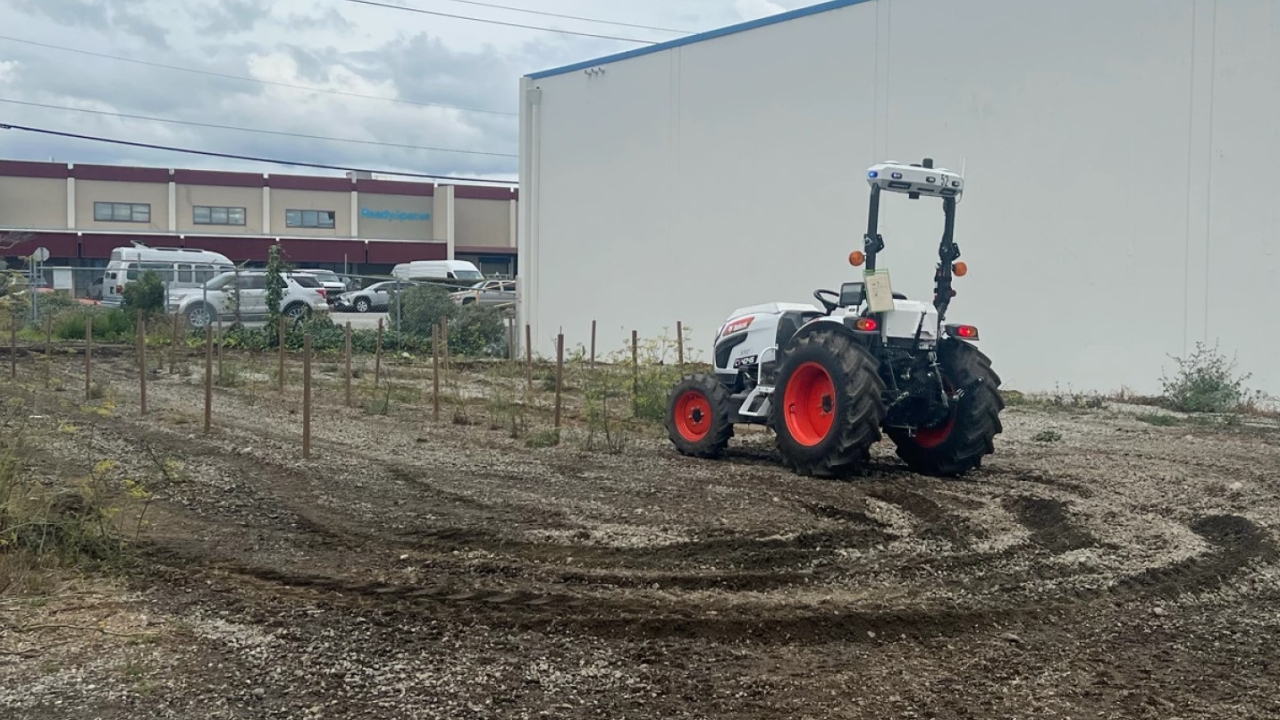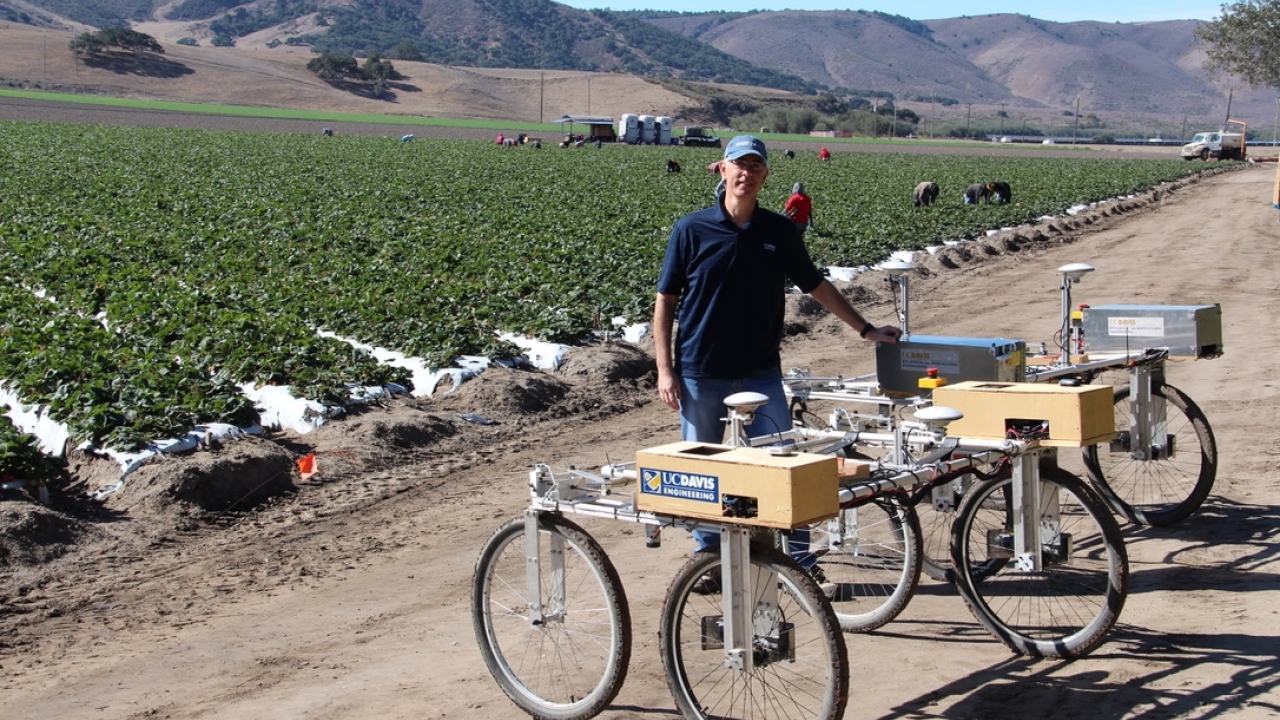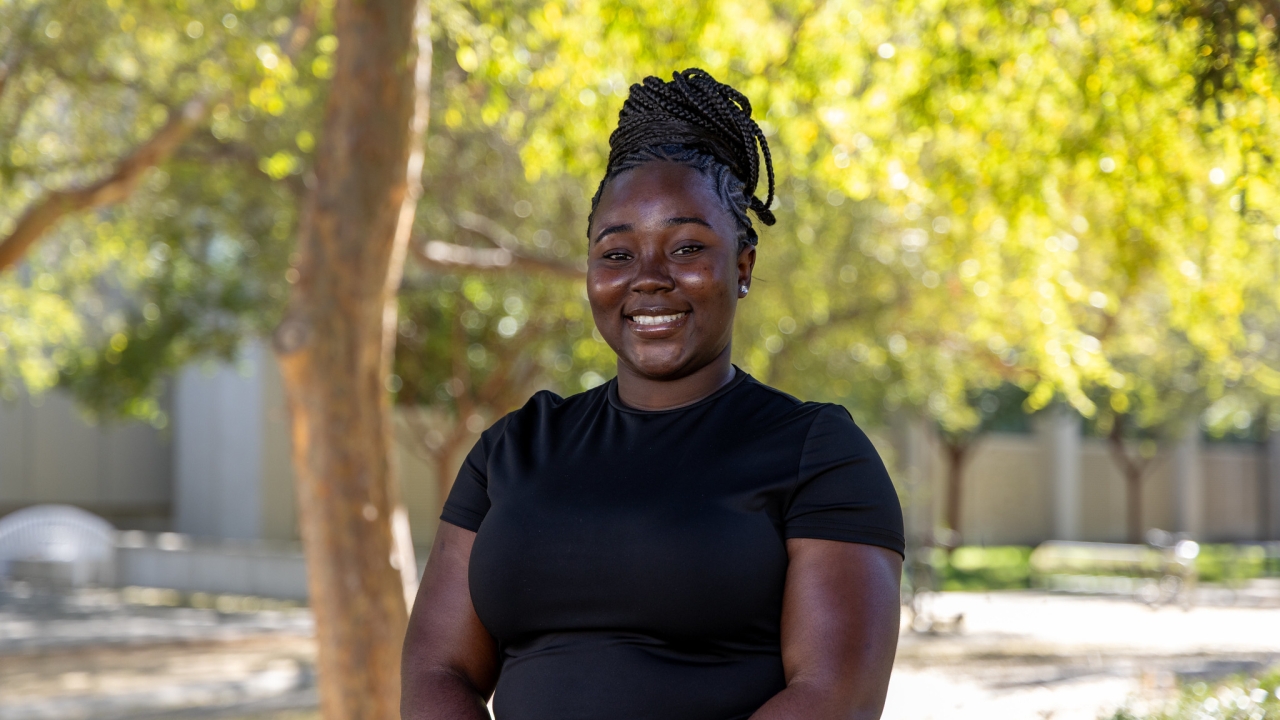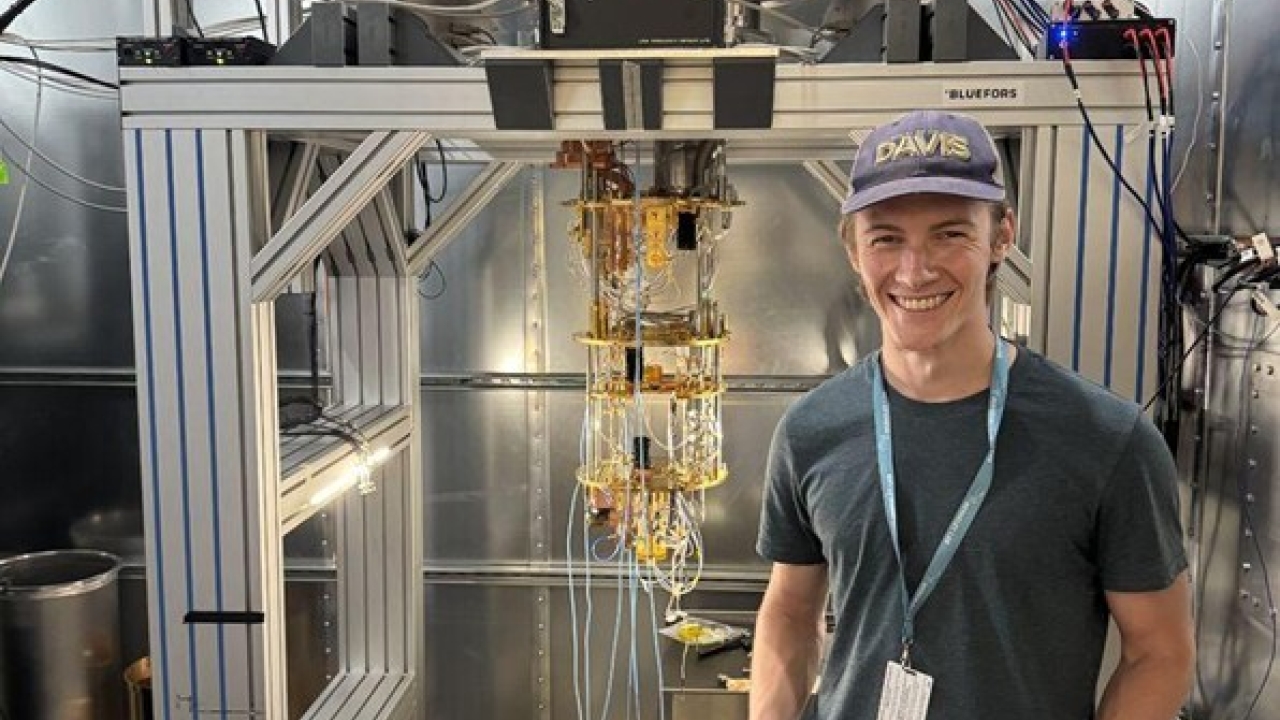
Blog: Good Vibes at My Internship with Lawrence Berkeley National Laboratory
My name is Jack Hervey, and I am a double major in mechanical engineering and aerospace science and engineering at the University of California, Davis, in my final quarter this fall. Over the summer, I participated in a mechanical engineering internship at Lawrence Berkeley National Laboratory, or LBNL.
My role as an intern was to assist the support team with upgrading the advanced light source, or ALS, which is also known as the ALS-U project. Before taking this internship, I had never heard of the ALS, but after working at LBNL, I can confidently say I have learned much about its purpose and how it operates.
In short, the ALS is a giant, circular laser. This laser generates an electron beam packet, basically a small group of electrons, which is then accelerated and bent through various rings of magnets before reaching the beamline stations. It is at these beamline stations that researchers from around the world are able to conduct experiments that contribute to advancements in various scientific fields such as physics, chemistry, biology and materials science.

From Model Building to Vibrational Testing
The goal of the ALS-U project is to create a beamline that is 100 times brighter than the current beamline of the ALS. To make this happen, the support stands and rafts that hold the magnets, which accelerate the beam, have to be extremely stable to obtain a precise beam profile. The displacement tolerances for these magnets are extremely small, with the most precise being 200 nanometers. Therefore, it was important to have accurate models that predicted the displacement of these magnets and support rafts.
One of my main accomplishments during my internship involved correlating and updating finite element analysis, or FEA, models of the magnet support rafts in the ALS-U.
Once the FEA models were created, I then went into the ALS-U tunnel and performed impact hammer testing to collect vibration data on the physical support structures. Impact hammer testing involves hitting the structure with a sledgehammer that contains internal sensors in order to excite a vibrational response. This response is recorded by accelerometers that are placed at various points on the structure.
With this data, I extracted experimental mode shapes and frequencies in a program called ME’Scope. I accomplished this by viewing the vibration data in the frequency spectrum, selecting frequencies where the magnitude of vibration was the highest, and animating the mode shapes to see how the structure deformed.
By comparing this data with FEA results, I was able to tune the FEA models for greater accuracy by varying parameters using a program called FEMTools. These updated models can now be fed random vibration inputs and help predict magnet displacement to ensure the designs meet performance requirements.
College of Engineering classes such as EAE 133 — “Finite Element Methods in Structures” and EME 139 — “Stability of Flexible Dynamic Systems,” taught by Professor of Mechanical and Aerospace Engineering Nesrin Sarigul-Klijn, taught me the FEA process and really prepared me for this internship. From geometry and materials to boundary conditions and meshing, these skills were vital to my success in creating these models.
My coursework in EME 108 — “Measurement Systems” taught me how to use accelerometers, data acquisition units and impact hammers, all of which I used in my test setup. While the ALS-U environment was on a much larger scale compared to the classroom, I was able to take the knowledge and skills I learned and translate them to a real test environment very quickly.

An Engineer’s Life for Me
Along with my main project, I also conducted passive vibration tests (using only accelerometers), impact hammer tests and experimental modal extraction on a plane grating monochromator (a device that uses mirrors to split light into different colors and frequencies) that will be installed in an ALS-U beamline. Additionally, I performed similar tests on a cryostat (a device that can lower the temperature of materials to 10 millikelvin) that will house quantum sensors for dark matter detection.
If I had to choose one key takeaway from this experience, it would be my discovery of how much I enjoy hands-on engineering — specifically projects I can see, touch and literally hit with a hammer. Getting to work with the physical product enhanced my understanding of how the system works together, how it responds to inputs and the fidelity of my virtual models and simulations.
I have now returned to the UC Davis College of Engineering for my final quarter, and I am excited to apply the knowledge and tools I’ve acquired here and through the lab internship to my future career, developing structures for the next generation of aerospace vehicles.
Visit LBNL to learn more about the ALS-U and internship opportunities.

